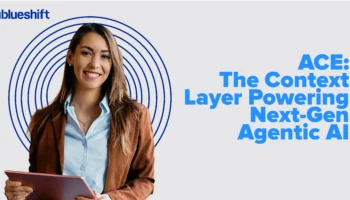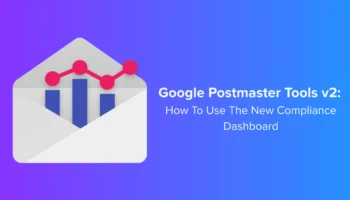In the previous post in this series, we had talked about the early evolution of predictive models for customer response and lifetime value.
In this second part, we will talk about how marketers can improve or influence lifetime value through marketing campaigns or promotions. To determine the ideal target audience for a promotion, you could ask two sets of questions:
- Who are the customers most likely to respond to the promotion/marketing message? In other words, which customers have the highest propensity to respond? Techniques like RFM aim to answer this question.
- What will be the incremental impact of the promotion/marketing campaign, and who are the users likely to be incrementally impacted? In other words, which customers will demonstrate the highest uplift from the campaign, compared to the scenario of not running these users with the campaign.
The highest propensity users are not necessarily the highest uplift users, because many of the high propensity users may have demonstrated the response (e.g made a purchase) even in the absence of the campaign treatment. Based on this idea, the key difference between propensity & uplift modeling is that in the former, we only look at the response of treated users, whereas the latter takes into account both treated and untreated users. As this Scientific Marketer article points out, in the language of conditional probability, traditional propensity models try to derive P (buy | treatment), whereas uplift models come up with P (buy | treatment) – P (buy| no treatment).
One common way to segment users with respect to their response with or without being treated is to organize them into 4 buckets:
| Response without treatment: Buy | Response without treatment: Not buy | |
| Response with treatment: Buy | Sure things | Persuadables |
| Response with treatment: Not buy | Do not Disturbs (or Sleeping Dogs) | Lost Causes |
As you can see from this segmentation, the biggest uplift comes from targeting the “Persuadables”, users who would not have purchased without the campaign. Also, there is a benefit to not targeting the “Do not Disturbs”, users who actually get turned off based on a marketing message.
Propensity and Uplift models are very useful in combating churn, as well as in driving repeat revenue. With the advent of big data systems, it is now easier than ever before to run these models on larger sets of “features” (e.g. in addition to past purchase data, you could also include large amounts of web browsing behavioral data to derive the predictive models).
In the first two parts of the blog post, we have focused on modeling the value of the user, and understanding if they will respond positively to a marketing campaign. In the next part, we will look at how to personalize the selection of products and promotions for each user.



